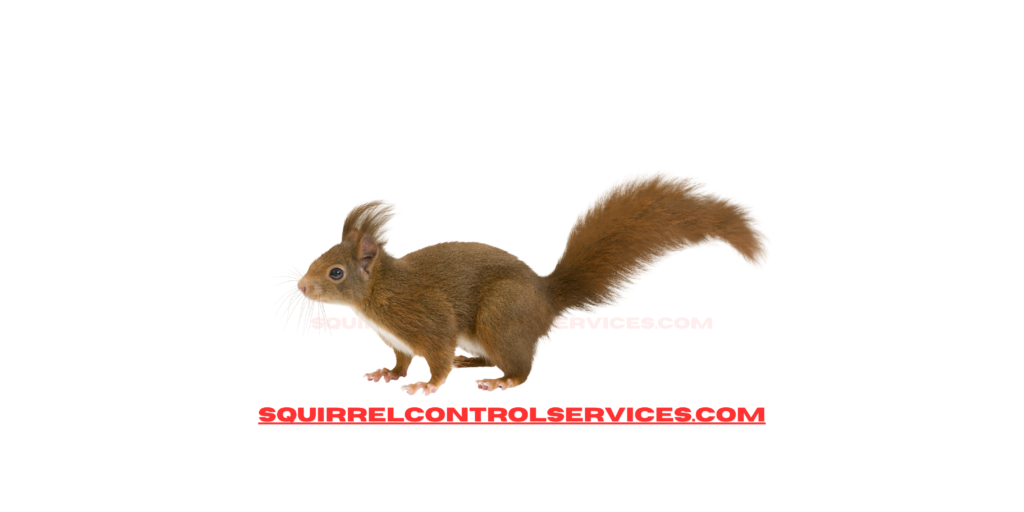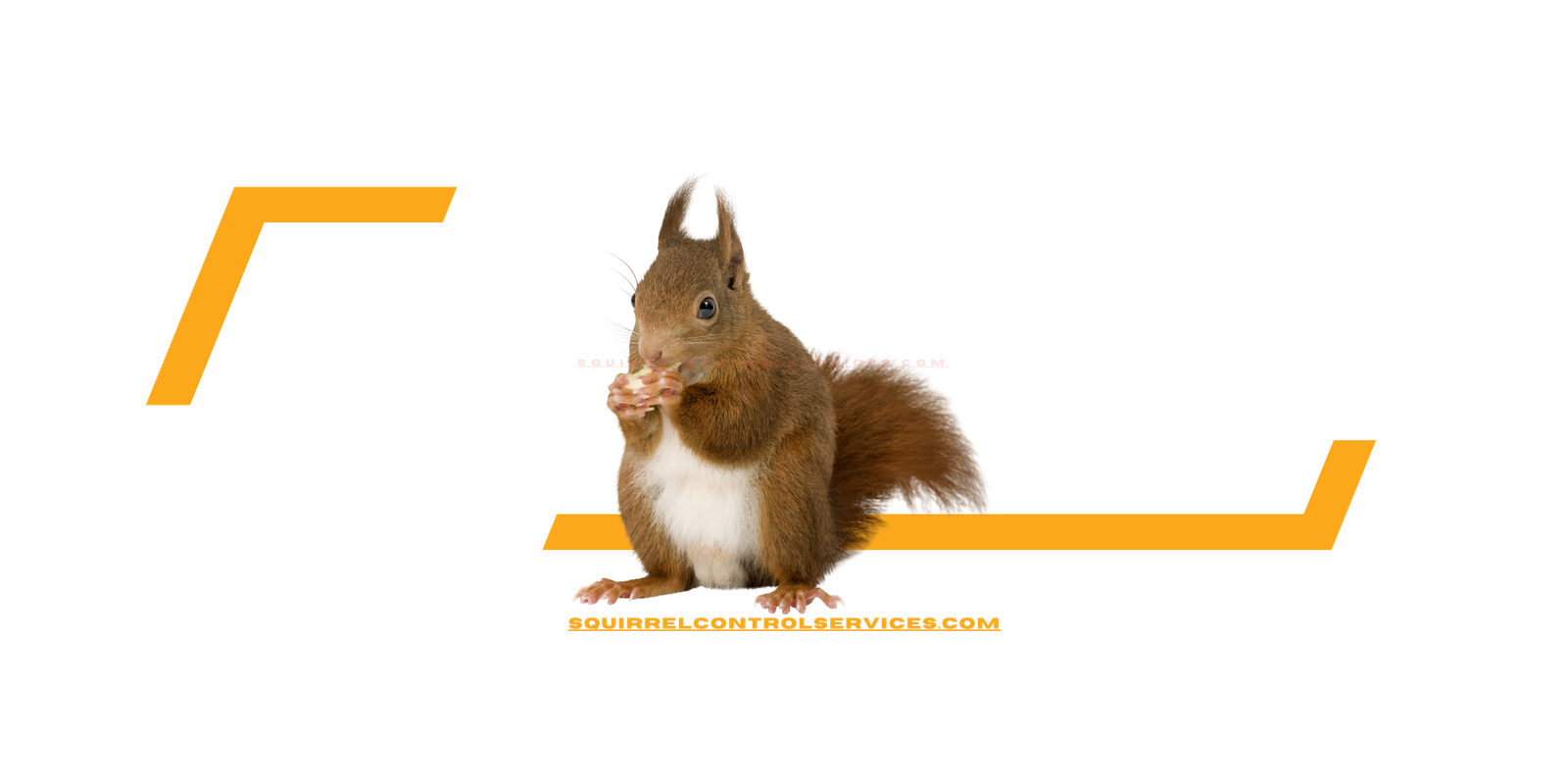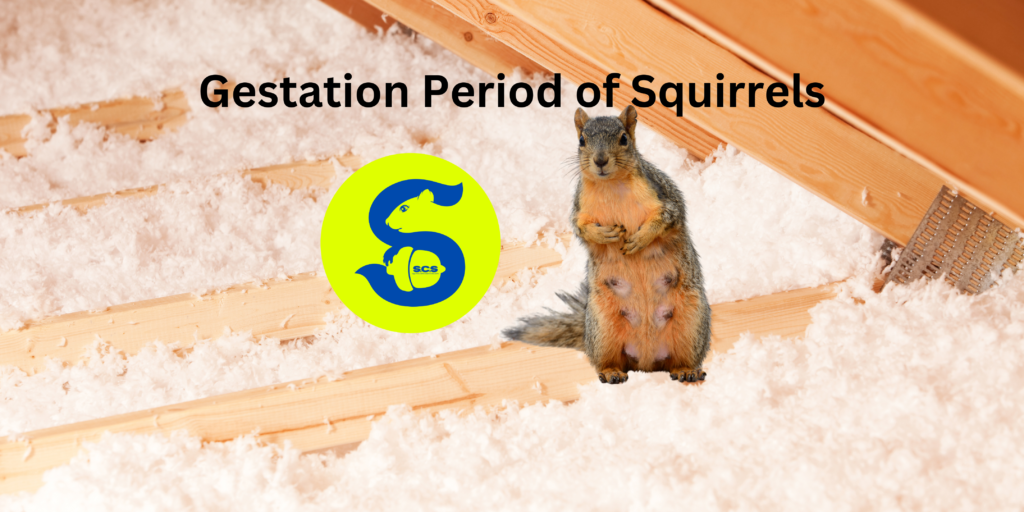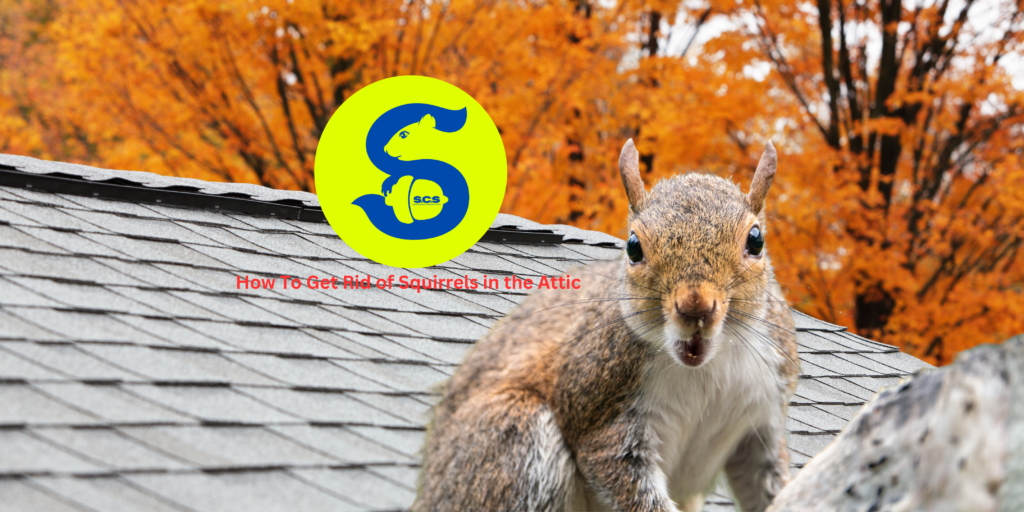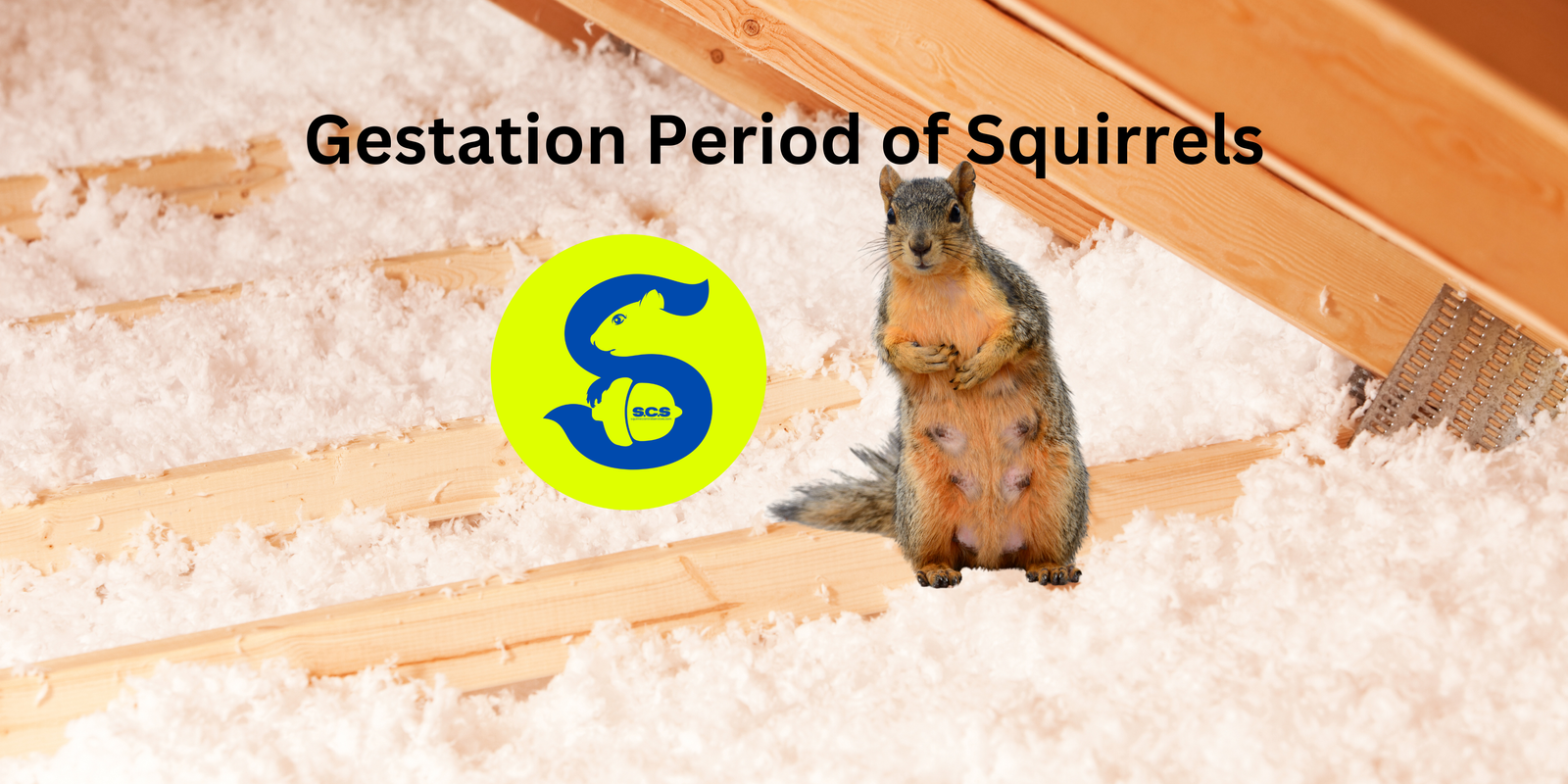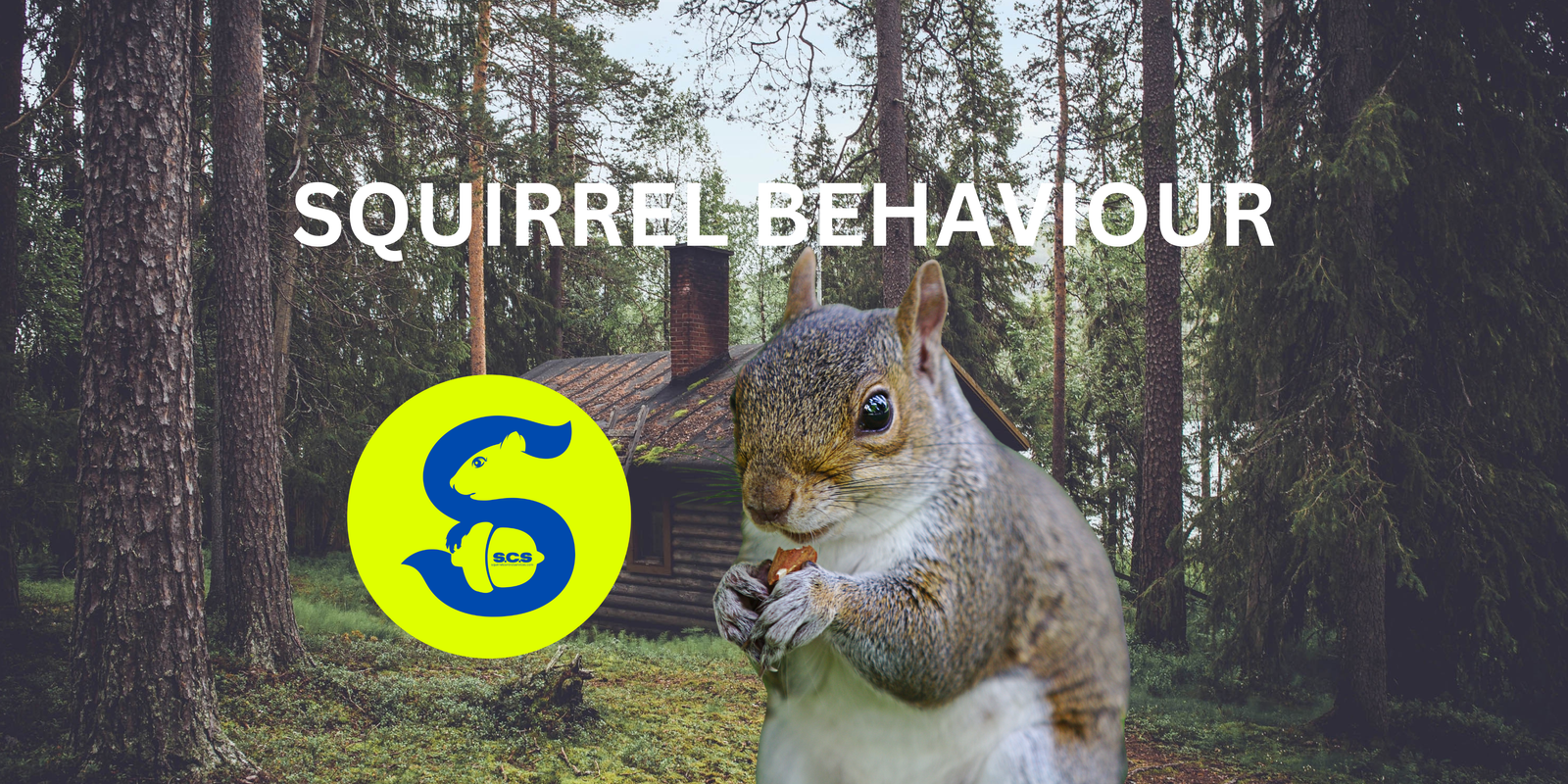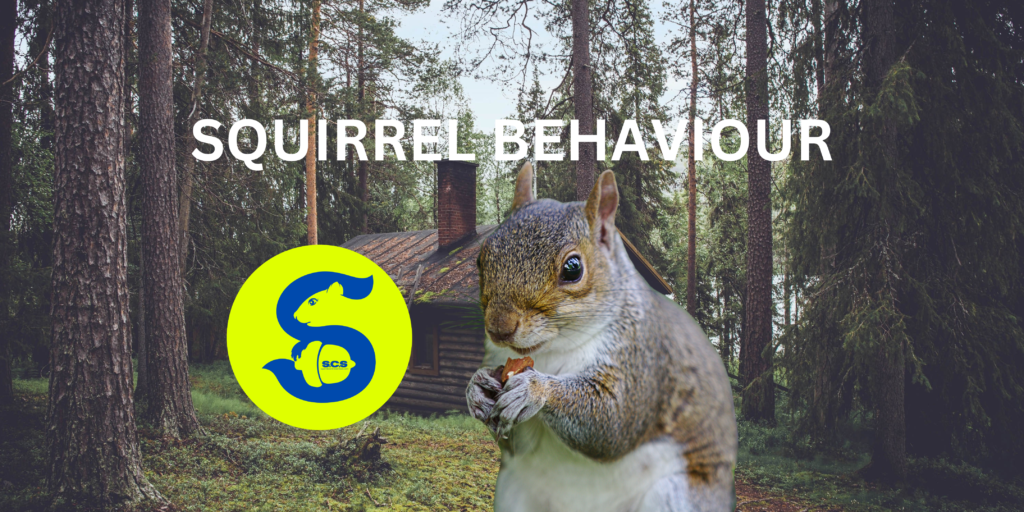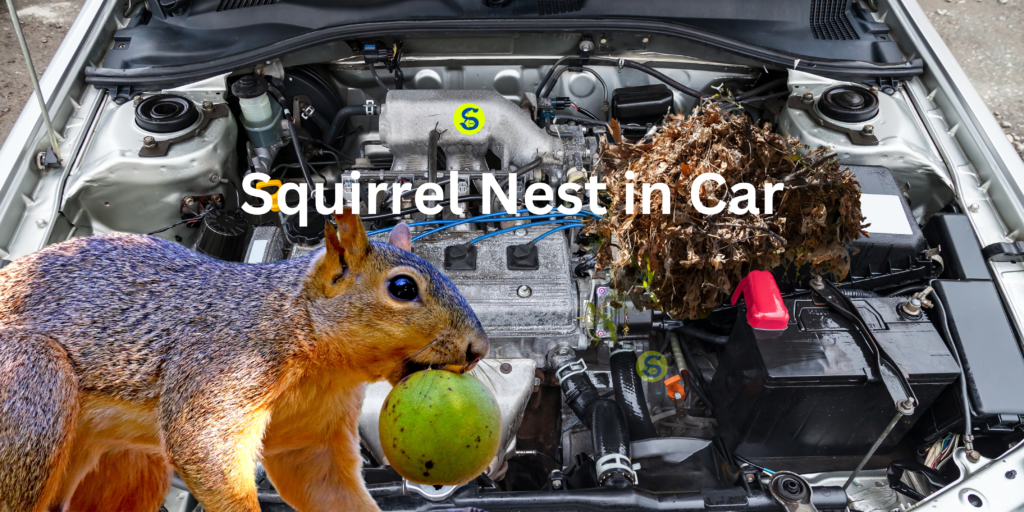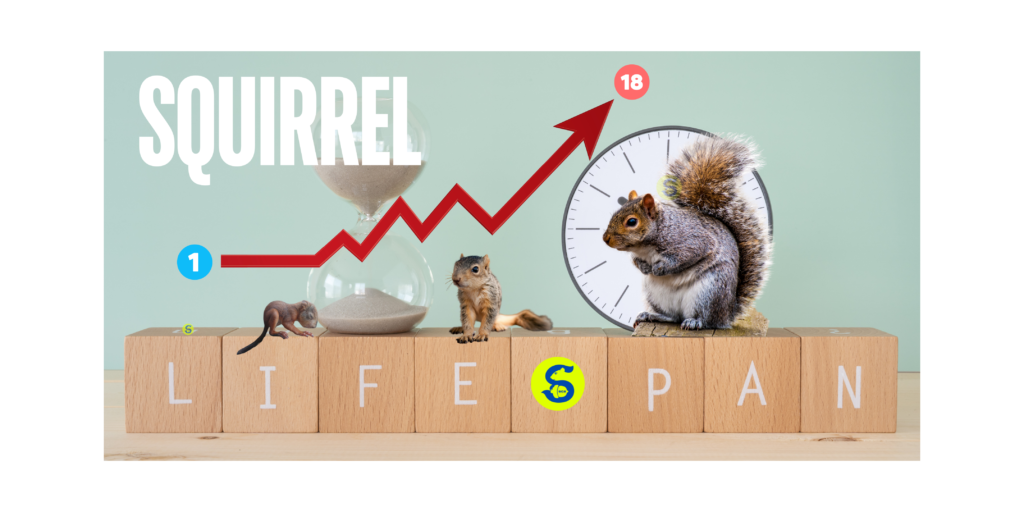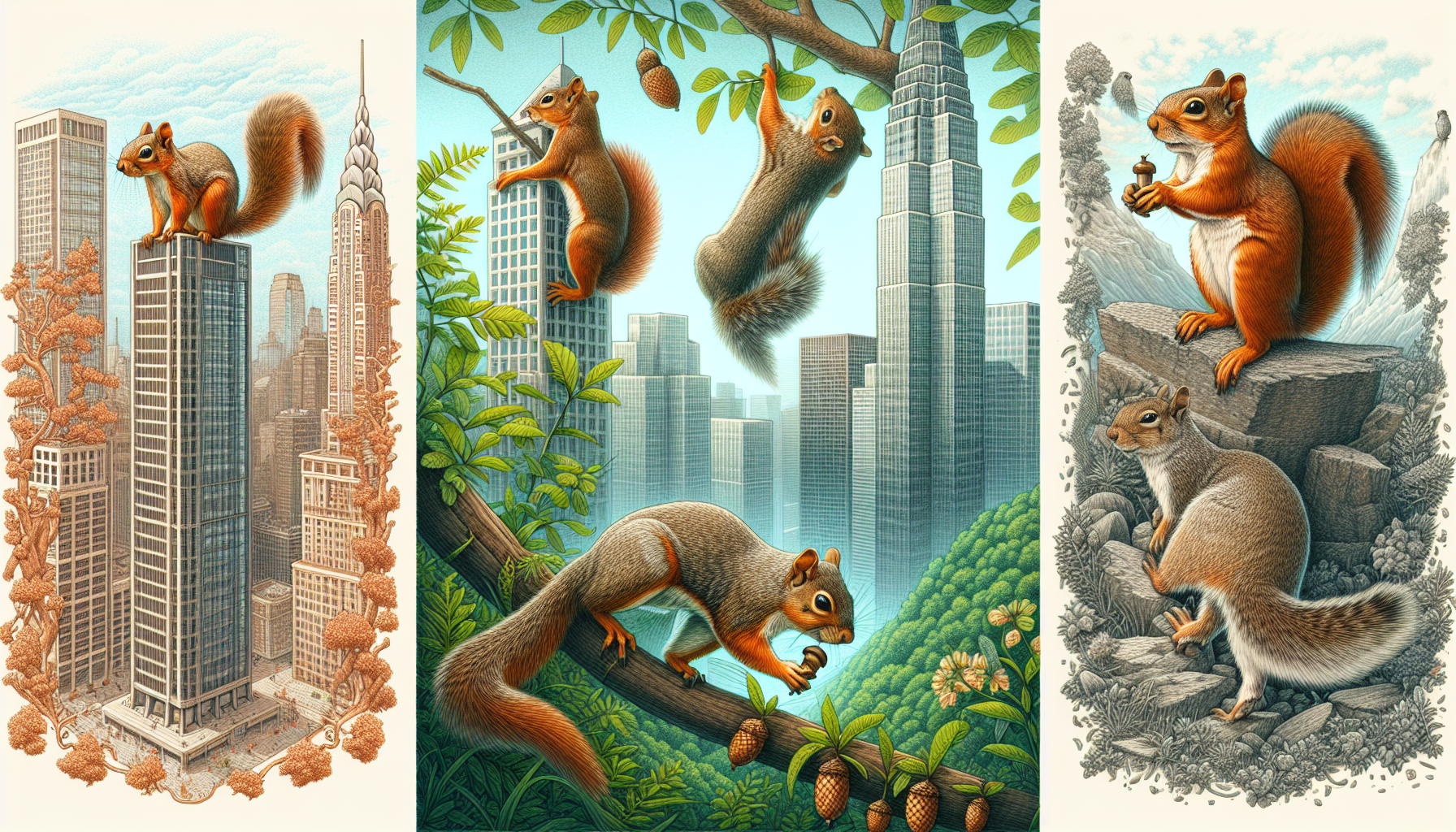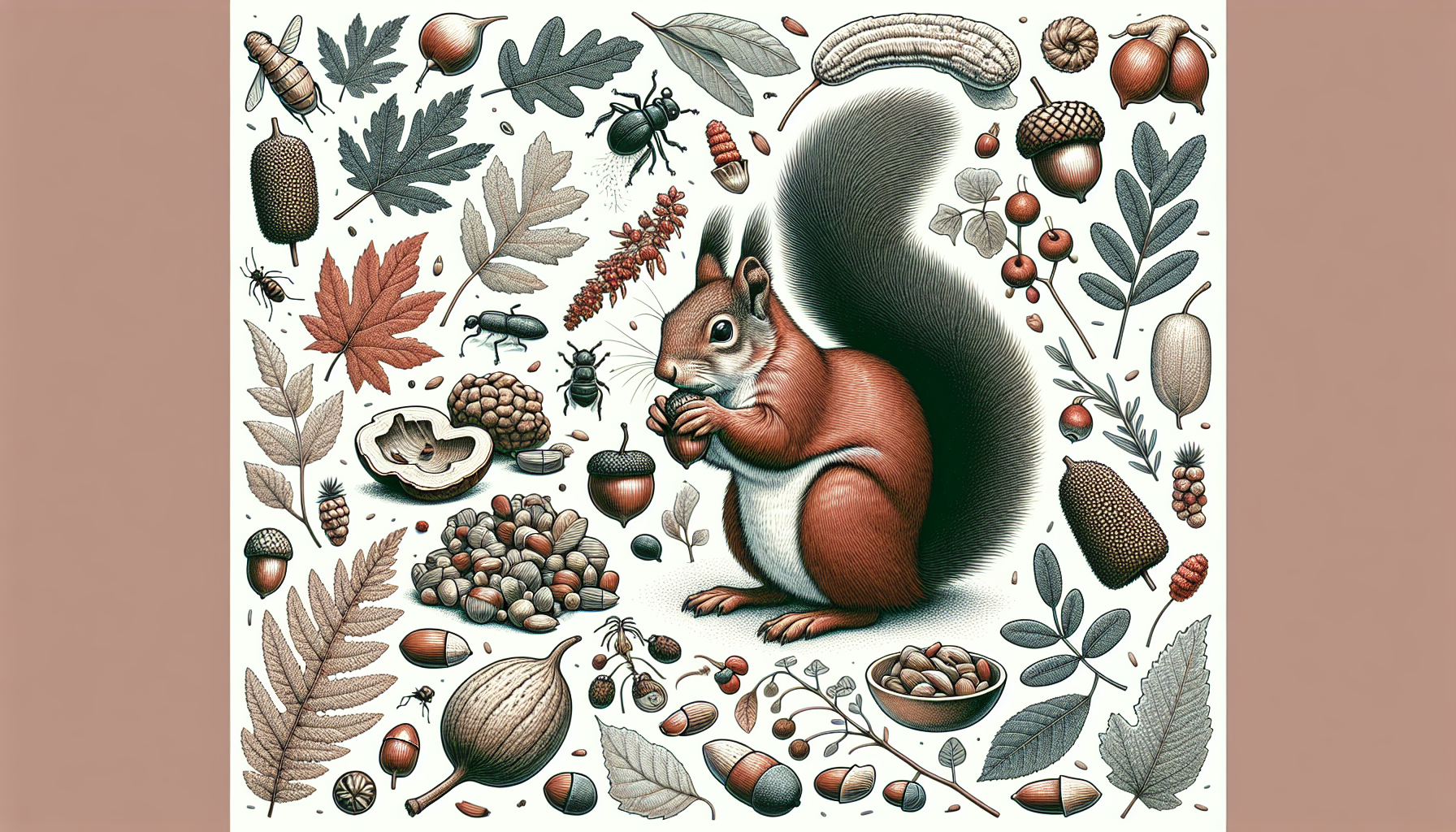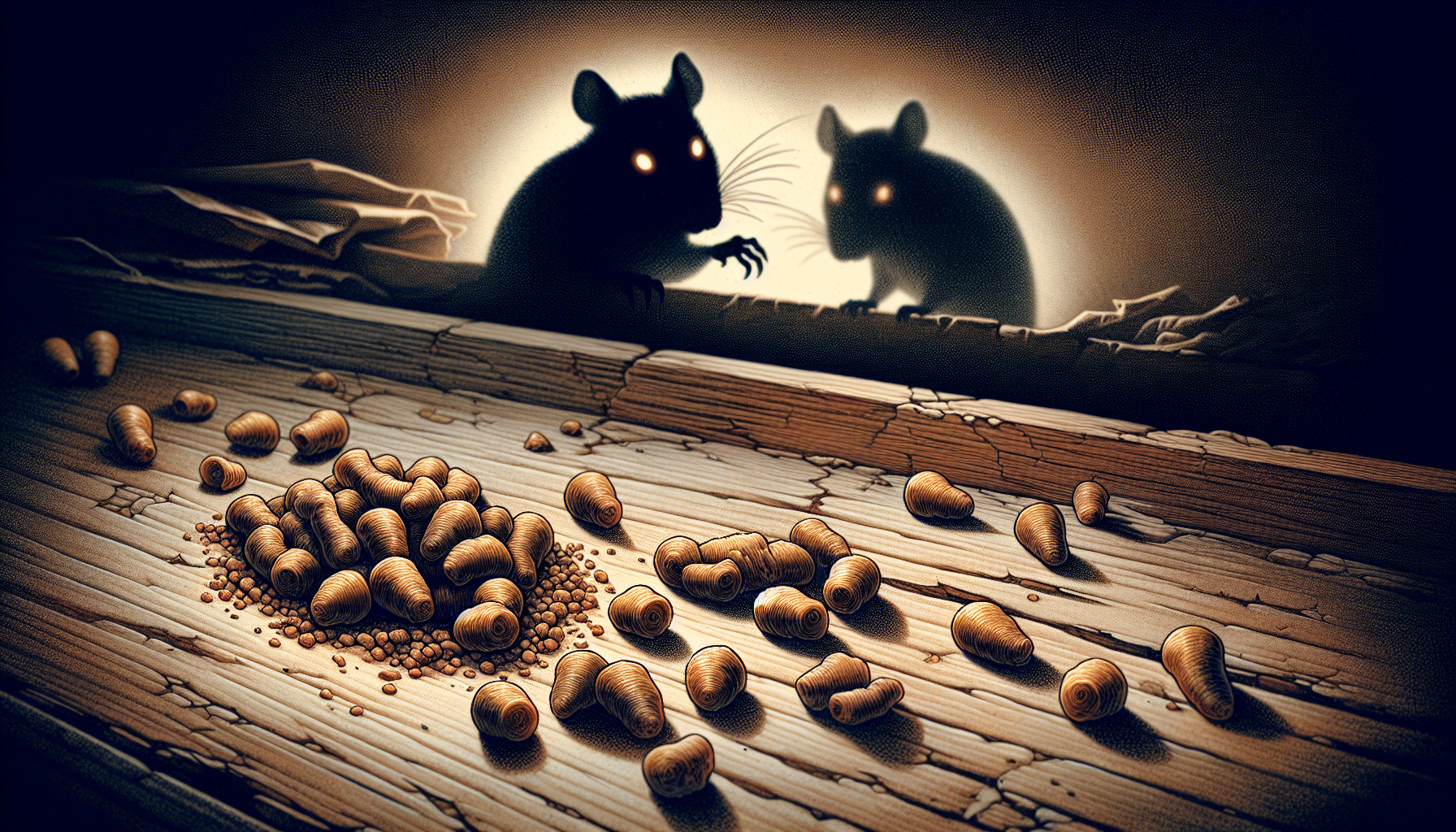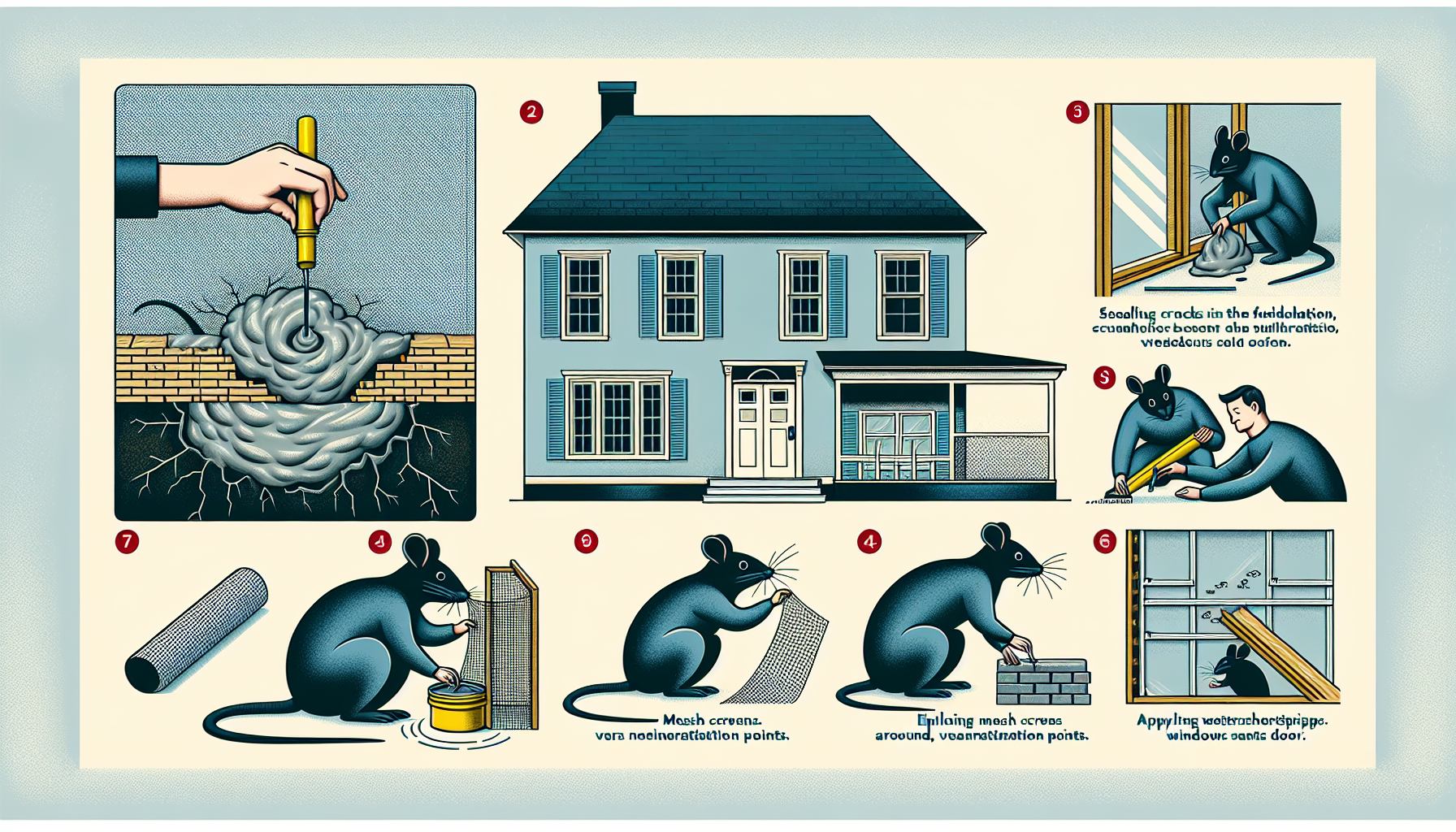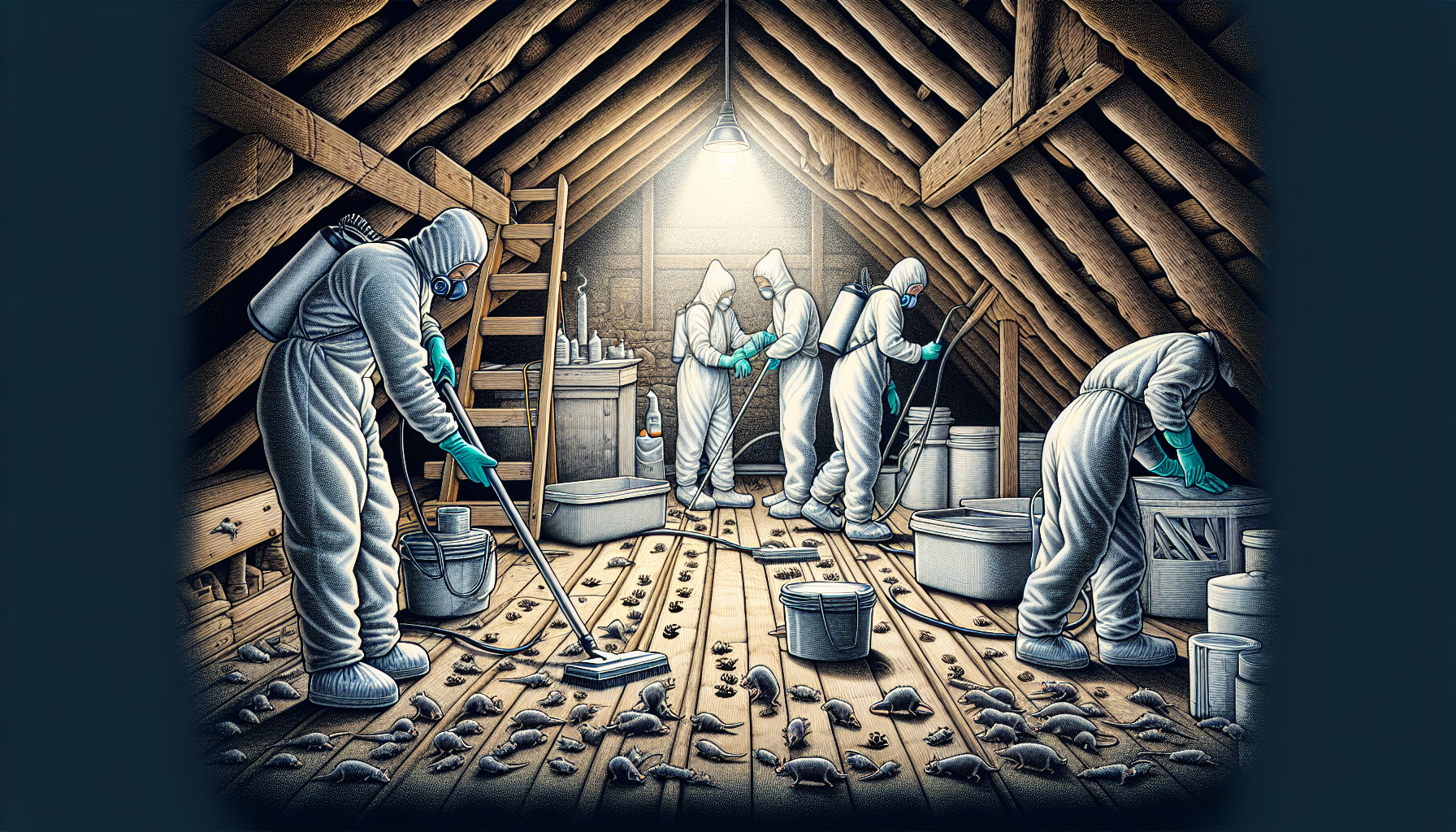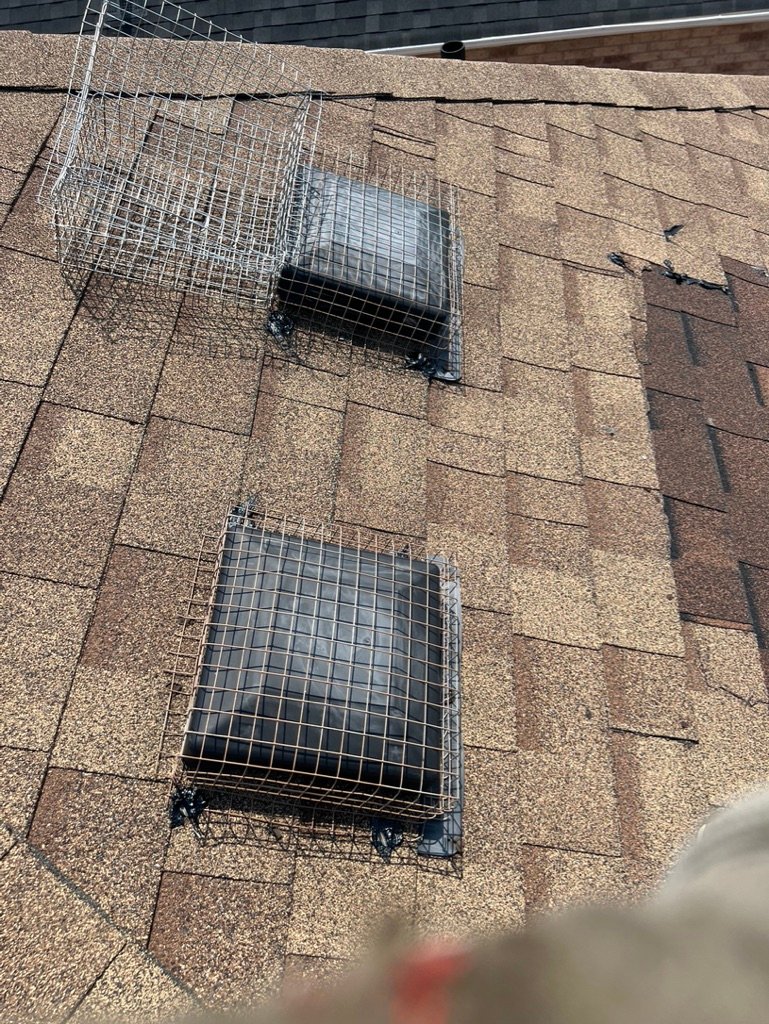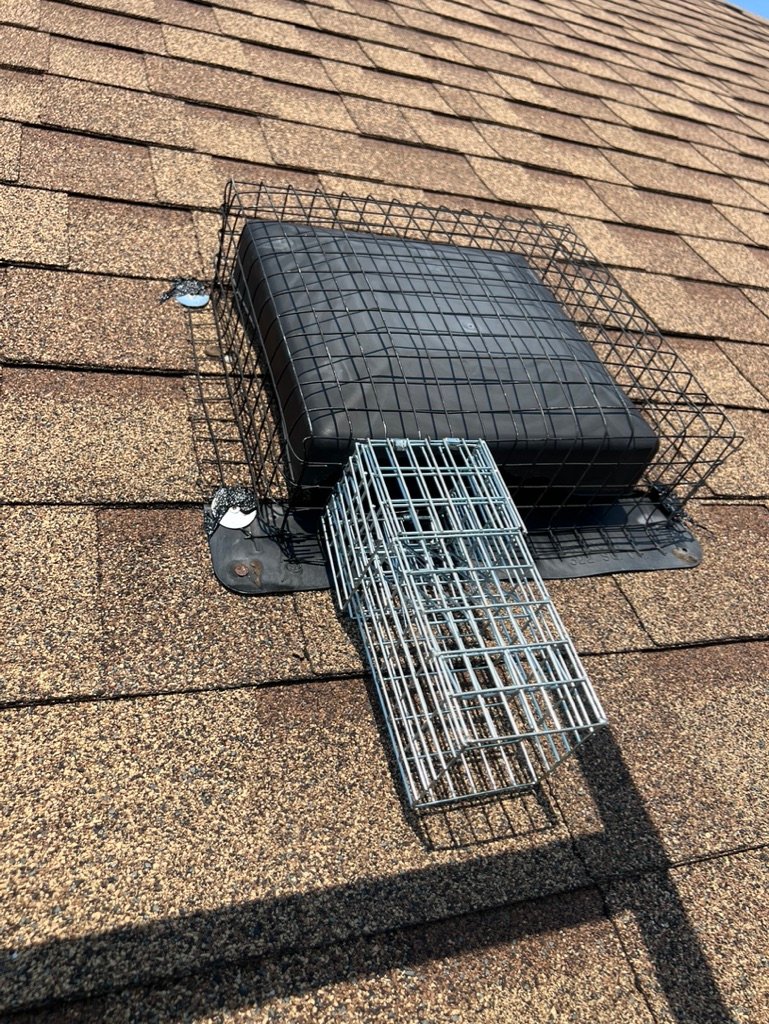If you’ve ever wondered, what is a group of squirrels called, the answer is a ‘scurry.’ Their rapid movements inspire this name. In this article, you’ll discover more about squirrel group names, their social dynamics, and unique behaviours.
Squirrels
- A group of squirrels is commonly referred to as a ‘scurry’, reflecting their energetic behaviour.
- Other terms include ‘dray’, which describes a nest of a mother squirrel and her young, showcasing their familial structure.
- Squirrels exhibit various social structures, with communication playing a crucial role in their interactions and survival.
Understanding Collective Nouns

Collective nouns are specific types of nouns used to describe groups of animals. These terms add whimsy and precision to our language, making it more colorful and engaging when describing groups of creatures. For instance, instead of saying ‘a group of birds,’ we say ‘a flock of birds,’ and instead of ‘a group of lions,’ we say ‘a pride of lions.’ This specificity enhances our communication and helps in painting a clearer picture of the natural world.
Understanding the behavior of animals, like squirrels, is crucial for determining the appropriate collective noun. These words not only serve a practical purpose but also enrich the English language by reflecting the unique characteristics and behaviors of the animals they describe. For example, the collective noun ‘nests’ specifically refers to a group of birds’ homes, adding depth to our descriptions.
The Common Term: Scurry
So, what is a group of squirrels called? The answer is a ‘scurry.’ This term is derived from the quick, darting movements that squirrels exhibit as they move about, foraging for food or evading predators. The word ‘scurry’ captures the essence of their energetic and somewhat chaotic behavior, making it a fitting term for these lively animals.
The term ‘scurry’ is not just a practical description but also adds a touch of humor and creativity to our language. It’s fascinating to think that such a simple word can evoke the image of multiple squirrels bustling about with their bushy tails in constant motion.
This term has become the most widely accepted phrase for describing a group of squirrels, though it is not without its alternatives and debates regarding the word squirrel.
Other Terms for Groups of Squirrels
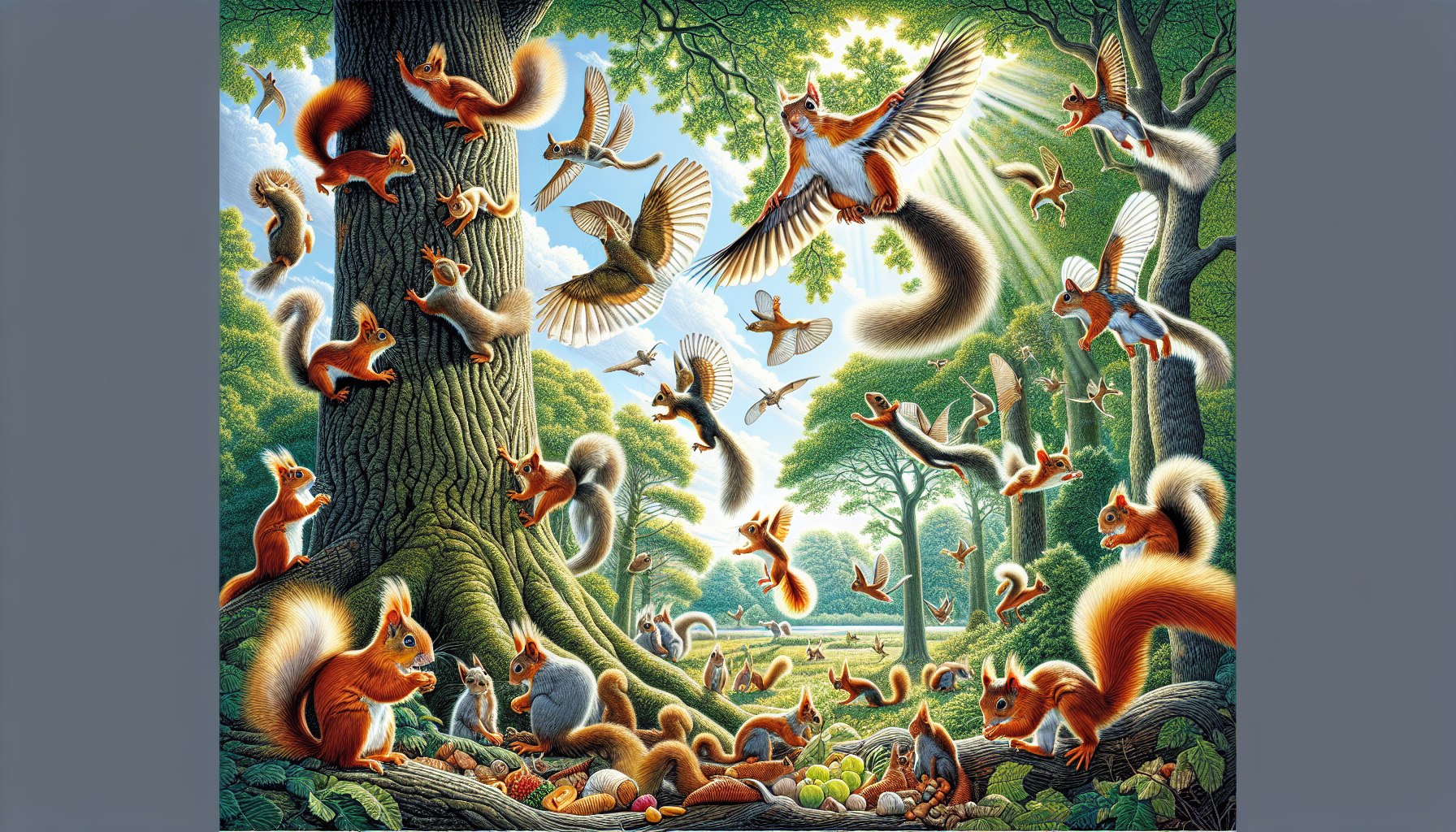
The term ‘scurry’ is the most commonly known word for a group of squirrels. However, another word that can be used is ‘dray.’ A ‘dray’ specifically refers to a nest consisting of a mother squirrel and her young. This term highlights the familial aspect of squirrel social structures, focusing on the nurturing environment created by the mother squirrel.
These collective nouns, ‘scurry’ and ‘dray,’ enrich our understanding of squirrel behavior and their social dynamics. They allow us to appreciate the diversity within the squirrel family, from bustling groups of ground squirrels to the more intimate family groups found in a dray.

Squirrel Social Structures
Squirrels exhibit a variety of social structures depending on their species and environment. For instance, the term ‘colony’ often describes a group of squirrels living together in a squirrel’s nest located in trees. This communal living arrangement allows them to maintain social bonds and provide mutual protection.
Another interesting term is ‘squad,’ which refers to a small, organized group of squirrels. This term emphasizes the social interactions and cooperative behaviors seen among these animals. Squirrels often live in close family groups, using vocalizations and scent markings to communicate and strengthen their social ties. These interactions can range from grooming to playing, which help in maintaining the cohesion of the group.
Ground squirrels, on the other hand, have distinct interaction patterns influenced by age, sex, and kin relationships. They engage in grooming behaviors to strengthen social bonds within their groups. Their social interactions can shift from cooperative to competitive based on breeding cycles, demonstrating a complex and dynamic social structure.
Tree Squirrels’ Social Behaviour
Tree squirrels, such as the Eastern Gray Squirrel, exhibit a mix of solitary and social behaviors. Generally, these squirrels are solitary creatures, coming together primarily during specific periods like the mating season. During this time, they may form temporary groups to find mates, showcasing a flexible social structure that adapts to their needs.
Their behavior also varies seasonally. For example, Eastern Gray Squirrels show increased activity in winter as food becomes scarcer. This seasonal shift in behavior highlights their adaptability and the different ways they interact with their environment and each other.
Ground Squirrels and Prairie Dogs

Ground squirrels exhibit complex social structures characterized by extensive communication methods among group members. They use various forms of vocalizations and body language to maintain social dynamics, ensuring the group functions cohesively. These interactions are vital for their survival, helping them alert each other to predators and find food sources.
Prairie dogs, which are closely related to ground squirrels, take communal living to another level. They live in large colonies known as towns, which serve as both social hubs and protective environments. These towns can be incredibly expansive, with the largest recorded prairie dog town being about 100 miles wide and 250 miles long. This communal living provides a robust social structure that enhances their ability to survive and thrive in their habitats.
The intricate social behaviors of ground squirrels and prairie dogs illustrate the importance of community and communication in the animal kingdom, showing how these animals adapt their social structures to their environments and needs.
Flying Squirrels and Their Unique Group Dynamics
Flying squirrels are fascinating creatures with unique group dynamics. They possess a specialized skin membrane called the patagium, which enables them to glide through the air by catching air currents. This ability allows them to traverse large distances and avoid predators while maintaining group cohesion.
These nocturnal animals also have large forward-facing eyes that provide excellent night vision, aiding in their navigation during the night. Their flat tails serve as stabilizers during flight and act as brakes upon landing, helping them to land safely and interact closely with fellow flying squirrels.
Communal nesting during colder months helps them retain warmth and enhances their survival, showcasing their unique social behaviours.

The Role of Communication Among Squirrels
Communication is key to the social dynamics of squirrels. Tree squirrels use an array of vocalizations and body language to interact with one another in social settings. These vocal signals can convey information about predators, food sources, or social status, helping to maintain order within the group.
Ground squirrels and prairie dogs are known for their extensive use of vocalizations and body language. These animals can convey detailed information about threats and food through their calls and physical gestures. Prairie dogs, in particular, display cooperative behaviors such as sentinel duty, where one animal watches for predators while others forage.
Squirrels also use scent markings to establish territorial boundaries and communicate their presence to other squirrels. Tail movements, like flicking, can signal alertness or danger, adding another layer to their complex communication system. These interactions, whether through sound, scent, or movement, are crucial for the social cohesion and survival of squirrel populations.
Environmental Adaptations of Squirrel Groups
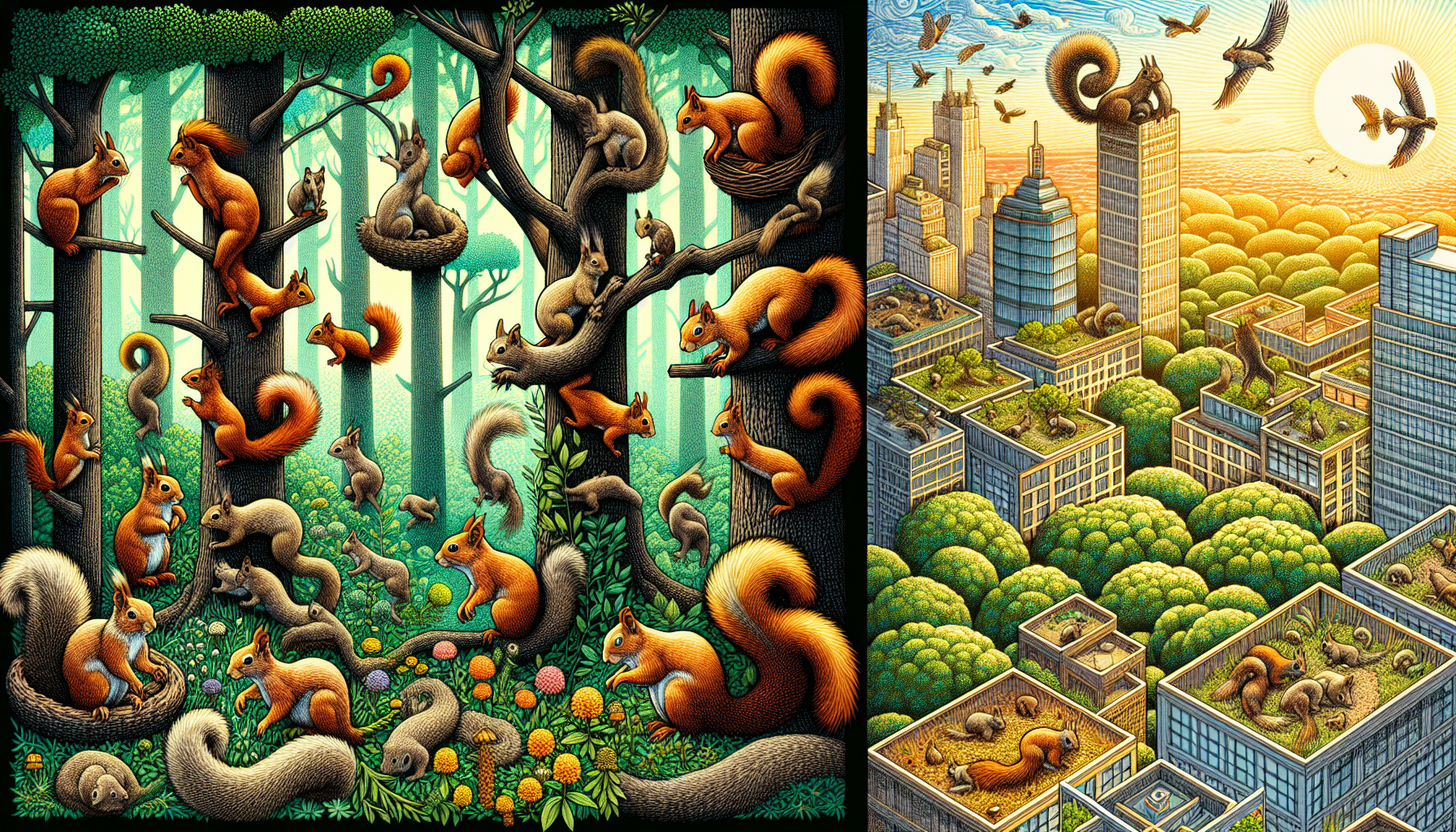
Squirrels are highly adaptable creatures, which allows them to thrive in various habitats. They can be found in dense forests, urban landscapes, and everything in between. Their ability to adapt to changing conditions and exploit new resources is a testament to their resilience and ingenuity.
One of the more fascinating aspects of squirrel behavior is their role in forest regeneration. Squirrels inadvertently plant new trees by burying nuts they sometimes forget to retrieve. This act helps maintain and expand forested areas, showcasing the interconnectedness of their behaviors and habitats.
Human Impact on Squirrel Populations

Human activities such as deforestation, urbanization, and pollution have significant impacts on squirrel populations. These activities can lead to habitat loss and fragmentation, making it harder for squirrels to find food and shelter. In urban areas, squirrels are often viewed negatively due to their habit of raiding gardens and occupying attics, yet they rarely inspire the same level of disdain as other urban animals like rats or pigeons.
Squirrels have also been known to cause power disruptions due to their activities around power lines and transformers. Despite these issues, they remain a beloved part of many ecosystems. In places like Central Park, the population of gray squirrels has increased significantly, raising concerns about their impact on local ecosystems.
Feeding squirrels is generally discouraged as it can discourage their natural foraging behavior and make them overly dependent on humans. Conservation efforts are crucial for managing these impacts and helping maintain healthy squirrel populations. These efforts include habitat restoration and public education programs to foster coexistence between humans and squirrels.
Conservation Efforts for Squirrels
Conservation efforts are essential for protecting squirrel habitats and ensuring the survival of various squirrel species. These efforts include habitat restoration, protection from urbanization, and community awareness programs. Such initiatives have shown positive impacts, including increased population numbers and healthier ecosystems for squirrels.
Public support and involvement are critical for the success of these conservation programs. By raising awareness and encouraging community participation, we can help protect squirrel populations and ensure that these fascinating creatures continue to thrive in our natural and urban environments.
Summary
In summary, the world of squirrels is rich with interesting terms and social behaviors that reflect their adaptability and intricate communication systems. From the common ‘scurry’ to the more specific ‘dray,’ these terms help us appreciate the diverse social structures and environmental roles of squirrels. Understanding and conserving these creatures is crucial for maintaining the balance of our ecosystems. Let’s continue to celebrate and protect the lively, darting presence of squirrels in our world.
Frequently Asked Questions
What is a group of squirrels called?
A group of squirrels is called a “scurry.” It’s a fun little fact to impress your friends with!
How do squirrels communicate with each other?
Squirrels communicate with each other through a mix of vocalizations, body language, and scent markings. It’s pretty fascinating how they have their own little language!
How do human activities affect squirrel populations?
Human activities like deforestation and urbanization significantly impact squirrel populations by causing habitat loss and fragmentation. This means fewer places for them to live and thrive.
What conservation efforts are in place to protect squirrels?
To protect squirrels, efforts focus on habitat restoration, minimizing urban impact, and raising community awareness. These actions help create a safer environment for our furry friends.
